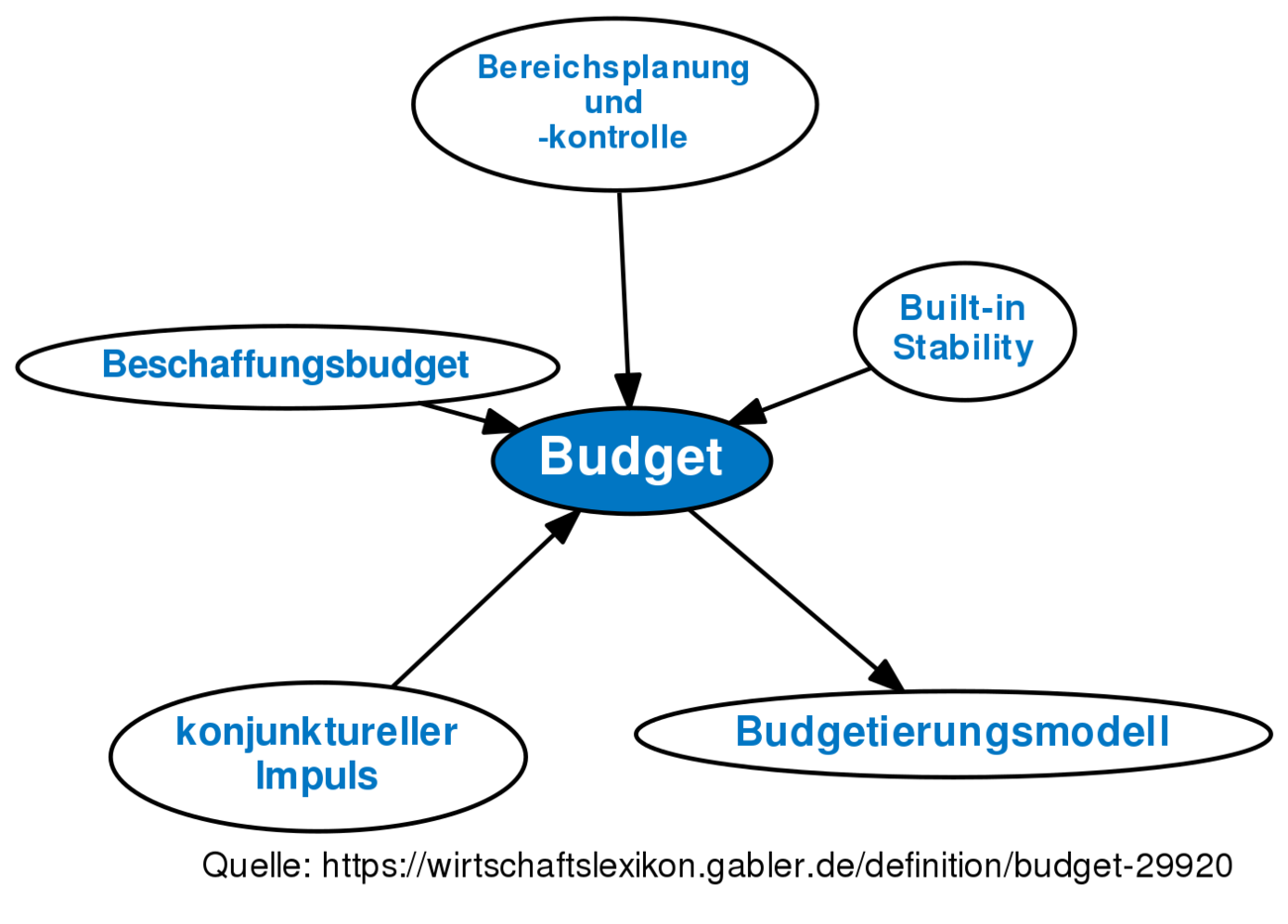
See Cost Considerations-The Cost Principles for additional details. For additional information, see C ost Considerations-The Cost Principles.Ī cost incurred by a recipient that is: (1) reasonable for the performance of the award (2) allocable (3) in conformance with any limitations or exclusions set forth in the Federal cost principles The government-wide principles, issued by OMB (or, in the case of commercial organizations, the Federal Acquisition Regulation, or, in the case of hospitals, 45 CFR 75, Appendix IX, "Principles For Determining Costs Applicable to Research and Development Under Grants and Contracts with Hospitals"), on allowability and unallowability of costs under federally sponsored agreements. The process may entail assigning a cost(s) directly to a final cost objective or through one or more intermediate cost objectives. The process of assigning a cost, or a group of costs, to one or more cost objective(s), in reasonable proportion to the benefit provided or other equitable relationship. All additional costs must be within the scope of the peer reviewed and approved project.Ī payment that a Federal awarding agency or pass through entity makes by any appropriate payment mechanism, including a predetermined payment schedule, before the non-Federal entity disburses the funds for program purposes. (See definitions for deductive alternative and cost sharing or matching alternative and Administrative Requirements-Management Systems and Procedures-Program Income).Ī request for (or the award of) additional funds during a current project period to provide for an increase in costs due to unforeseen circumstances. Ī use of program income earned during or after the project period that permits income that is generated under a grant to be added to funds committed to the project by the Federal awarding agency and recipient and used to further eligible project or program objectives. A comprehensive list of activity codes is on the NIH Web site at. Within each funding mechanism, NIH uses 3-character activity codes (e.g., F32, K08, P01, R01, T32, etc.) to differentiate the wide variety of research-related programs NIH supports. NIH uses three funding mechanisms for extramural research awards: grants, cooperative agreements and contracts.
#Budget definition code
Ancillary charges, such as taxes, duty, protective in transit insurance, freight, and installation may be included in or excluded from the acquisition cost in accordance with the non-Federal entity's regular accounting practices.Ī 3-character code used to identify a specific category of extramural research activity, applied to financial assistance mechanisms.
#Budget definition software
Acquisition costs for software includes those development costs capitalized in accordance with generally accepted accounting principles (GAAP). Acquisition cost for equipment, for example, means the net invoice price of the equipment, including the cost of any modifications, attachments, accessories, or auxiliary apparatus necessary to make it usable for the purpose for which it is acquired.

The cost of the asset including the cost to ready the asset for its intended use.



Exhibit 2: Definitions of terms used in the Grants Policy Statement Term


 0 kommentar(er)
0 kommentar(er)
